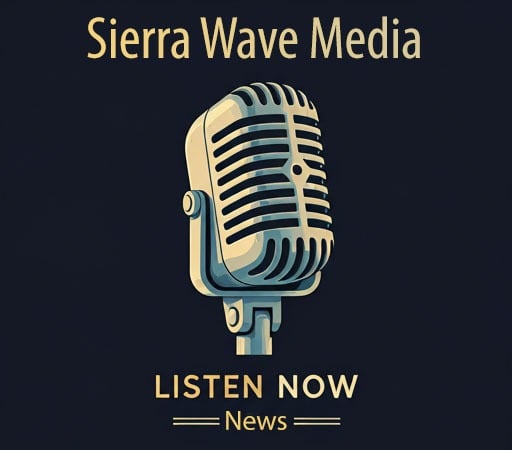Bishop, CA. – The general public is invited to join the Owens Valley Indian Water Commission and the Great Basin Water Network via webinar on Wednesday, August 3rd, from 9 a.m. to 5 p.m. Pacific Time, for the first ever Great Basin Water Justice Summit, a FREE event that is bringing together communities fighting for water justice in the Great Basin.
The Summit will feature virtual panels and discussions with the organizers as well as representatives from various other groups and entities, including the Keep Long Valley Green Coalition, of which Friends of the Inyo is a leading member, the Sierra Club, Mono Lake Committee, Big Pine Paiute Tribe Environmental Department, Confederated Tribes of the Goshute, Great Basin Resource Watch, and others.
“The Great Basin Water Justice Summit will enable communities and individuals to share information on water and the environment while building relationships to tackle important water, energy, and climate issues together,” said Teri L. Red Owl, Executive Director of the Owens Valley Indian Water Commission. “The collaborative relationships and strategies that emerge from the Summit will help build on the work that is ongoing and evolving. The Owens Valley Indian Water Commission encourages everyone interested in these important topics to attend the summit to learn more, to share, and to get involved.”
Friends of the Inyo’s Executive Director, Wendy Schneider, said, “This Water Justice Summit is a very important event. It is high time that the water protectors in Inyo and Mono Counties join forces to push back against water extraction.”
The public can register to attend the Summit virtually using this link: tinyurl.com/WaterSummitD1.
For more information about the Great Basin Water Justice Summit, please to contact [email protected].
About the Great Basin and its Unique Water Situation
The Great Basin extends through most of Nevada, half of Utah, and sections of Idaho, Wyoming, Oregon and California in the United States, and down to Baja California in Mexico.
According to the Eastern California Museum in Independence, as well as online sources, this inland region is one from which water does not flow outward to any ocean. The area is dominated by a series of mountain ranges trending north-south and separated by long, narrow valleys. The Eastern Sierra is the western boundary of the Great Basin, and the Owens Valley is the westernmost north-south trending valley. The northern boundary of the basin is the Columbia River Plateau. The Mojave and Sonoran Deserts lie at the southern end of the Great Basin, and the Colorado Plateau and the Colorado River Drainage mark the basin’s east and southeast boundaries.
According to the National Park Service, the terms Great Basin and Great Basin Desert are often used interchangeably. The Great Basin Desert is the only “cold” desert in the United States, where most precipitation falls as snow. Until about 10,000 years ago, water was abundant here as glaciers advanced and retreated in a climate that was cooler than today, and numerous large lakes formed. Then, the weather started getting warmer and many of the lakes within the Great Basin dried up. As glaciers melted, the water seeped into the gravel subsurface and remained protected from evaporation. These reservoirs of groundwater, known as aquifers, remain beneath old lake beds. Aquifers are recharged from surface precipitation, typically snowmelt. In the Great Basin Desert, however, with less than 10 inches of annual precipitation, there is little to no recharge of these aquifers.
Water Justice Film Night
Whether the public can attend the Great Basin Water Justice Summit or not on Wednesday, they are welcome to join water advocacy organization, Keep Long Valley Green Coalition, for a FREE Water Justice Film Night in Bishop on Friday, Aug. 5, or in Mammoth on Saturday, Aug. 6. The screenings will take place at the Cerro Coso Community College campuses of Bishop and Mammoth, respectively.
Three short documentary films will be screened beginning at 6:30 p.m. both nights:
- “Without Water” (22 minutes)
- “Paya: The Water Story of the Paiute” (36 mins.)
- “The Aqueduct Between Us” (39 mins.)
For more information about Water Justice Film Night, please write to [email protected].
Discover more from Sierra Wave: Eastern Sierra News - The Community's News
Subscribe to get the latest posts sent to your email.



















Californians really should know how to spot these Bolshevik shakedowns by now.
Here’s a hint: The same people fund both sides of the “struggle,” the outcome is predetermined in advance, and you will not be one of the people who benefits.